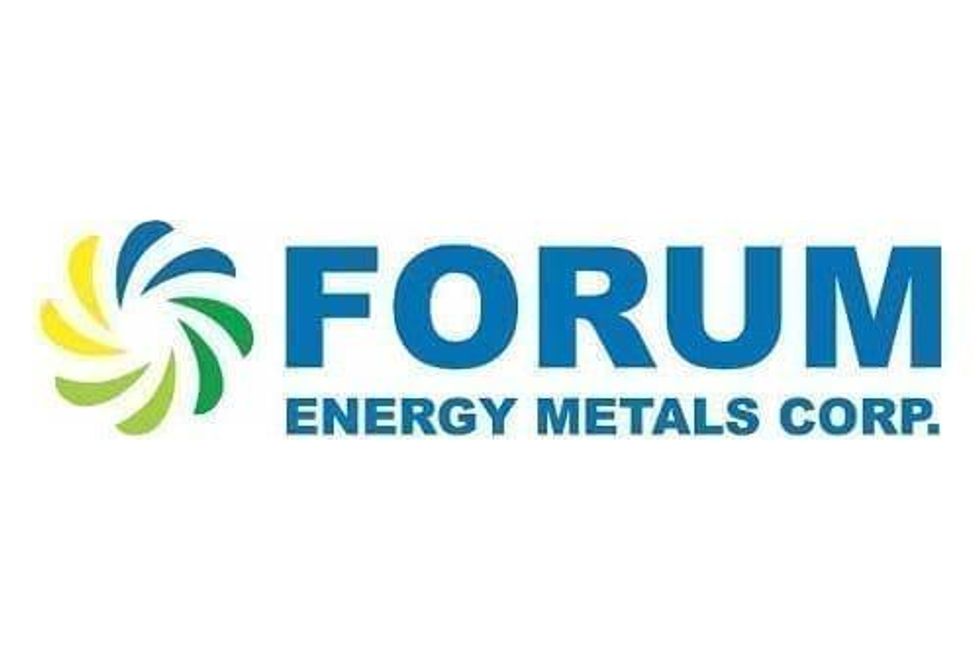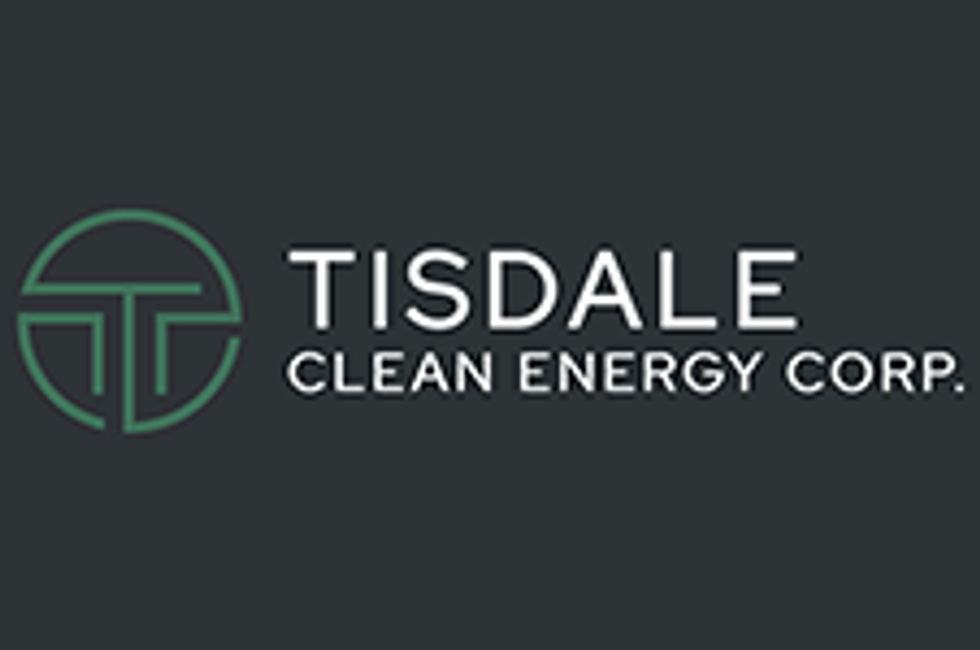- AustraliaNorth AmericaWorld
Investing News NetworkYour trusted source for investing success
- Lithium Outlook
- Oil and Gas Outlook
- Gold Outlook Report
- Uranium Outlook
- Rare Earths Outlook
- All Outlook Reports
- Top Generative AI Stocks
- Top EV Stocks
- Biggest AI Companies
- Biggest Blockchain Stocks
- Biggest Cryptocurrency-mining Stocks
- Biggest Cybersecurity Companies
- Biggest Robotics Companies
- Biggest Social Media Companies
- Biggest Technology ETFs
- Artificial Intellgience ETFs
- Robotics ETFs
- Canadian Cryptocurrency ETFs
- Artificial Intelligence Outlook
- EV Outlook
- Cleantech Outlook
- Crypto Outlook
- Tech Outlook
- All Market Outlook Reports
- Cannabis Weekly Round-Up
- Top Alzheimer's Treatment Stocks
- Top Biotech Stocks
- Top Plant-based Food Stocks
- Biggest Cannabis Stocks
- Biggest Pharma Stocks
- Longevity Stocks to Watch
- Psychedelics Stocks to Watch
- Top Cobalt Stocks
- Small Biotech ETFs to Watch
- Top Life Science ETFs
- Biggest Pharmaceutical ETFs
- Life Science Outlook
- Biotech Outlook
- Cannabis Outlook
- Pharma Outlook
- Psychedelics Outlook
- All Market Outlook Reports

Uranium prices reached rock-bottom lows last year. Does that mean a rebound is now in the works?
Uranium was the worst-performing commodity of 2016, and it’s not hard to see why. Nuclear reactors in Japan have been slow to come back online since 2011’s Fukushima disaster, and the situation has led to oversupply and low prices.
Encouragingly, 2017 has been a different story for the sector — at least so far. Notably, Kazakhstan announced plans to cut uranium production by 10 percent, sending uranium prices soaring to $26 per pound. That’s a drastic improvement from $18 in the fall of 2016.
Since then, companies and industry thought leaders have voiced hopeful stances on the market, leaving many investors wondering whether a turnaround in the uranium space is finally here.
BMO Capital Markets is one of the latest firms to suggest that uranium’s prospects are looking brighter. In a recent research note, it said it continues to believe that the uranium market will “[tip] into undersupply in 2018” on the back of Kazakhstan’s production cut.
The bank also notes that it is more optimistic about a uranium price rebound than it has been “for quite some time … cautiously so.” It has increased its 2017 forecast for uranium prices to $26.88.
Of course, supply isn’t the only consideration when looking at how uranium prices could fare in 2017. A large number of nuclear reactors are currently poised to come online as well — Cantor Fitzgerald expects 21 to do so in 2017, with 10 more following in 2018 and 12 more in 2019.
“This would lead to demand rising from a forecast of 189M lb U3O8 this year to 204M lbs by 2019,” the firm says in its own research note.
In a recent interview with the Investing News Network, Rob Chang, managing director, head of Canadian metals and mining research, at Cantor Fitzgerald, elaborated on why higher demand will help drive uranium prices. For one thing, he suggested that “utilities need to go back into the market and procure more uranium.”
“We think there’s going to be a lot of recontracting that needs to happen,” he said in the interview. “When utilities come to the market and go to these suppliers and ask for $35 a pound — which is what the long-term price is indicated around — they’re going to be surprised.”
Chang isn’t the only one with that mindset. In a separate interview with the Investing News Network, Dev Randhawa, CEO of Fission Uranium (TSX:FCU), said, “in the next 10 years, there’s 800 million pounds that need contracts and there’s no contracts for them.”
The forecast is comparable over at FocusEconomics. In its March 2017 commodities outlook, the organization says that uranium prices will pick up as demand rises with the addition of nuclear reactors coming online in the next few years.
Panelists at FocusEconomics expect that uranium prices will average $25 in Q4 2017, picking up to $33.50 in Q4 2018.
Is this only the beginning of uranium’s recovery? As the old saying goes, “slow and steady wins the race.” In other words, investors, there’s plenty to look forward to; you’ll just have to hold on a bit longer.
Don’t forget to follow us @INN_Resource for real-time news updates!
Securities Disclosure: I, Jocelyn Aspa, hold no direct investment interest in any company mentioned in this article.
Latest News
Outlook Reports
Featured Energy Investing Stocks
Browse Companies
MARKETS
COMMODITIES
| Commodities | |||
|---|---|---|---|
| Gold | 2426.70 | +0.37 | |
| Silver | 32.08 | +0.30 | |
| Copper | 5.12 | +0.04 | |
| Oil | 79.11 | -0.69 | |
| Heating Oil | 2.47 | -0.03 | |
| Natural Gas | 2.70 | -0.06 | |
Investing News Network websites or approved third-party tools use cookies. Please refer to the cookie policy for collected data, privacy and GDPR compliance. By continuing to browse the site, you agree to our use of cookies.





